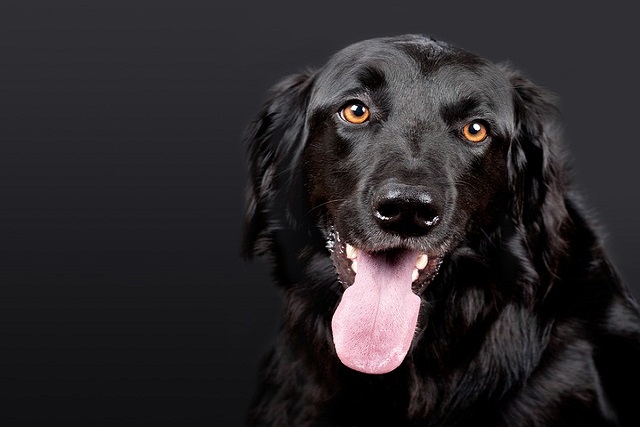
What is glaucoma in a dog?
You might notice your dog squinting more at mealtime or avoiding bright sunlight—these small changes could be early signs of a serious eye condition.
You’re enjoying a sunny afternoon at the park when your usually energetic Bulldog suddenly slows down. His panting turns frantic—almost desperate—with thick, ropey drool hanging from his jowls. His bright pink gums now look alarmingly dark red, and when he tries to walk, he stumbles like he’s dizzy. This isn’t just tiredness; it’s a full-blown heatstroke emergency. Dogs can’t sweat like we do. They rely on panting to cool down, but when humidity soars or temperatures spike, this system fails. Their body temperature rockets past 104°F, triggering a chain reaction that can damage organs within minutes. Early warnings include glassy eyes, rapid heartbeat, and excessive drooling. If it escalates, you might see vomiting, bloody diarrhea, or even seizures. Short-nosed breeds like Pugs and thick-coated Huskies are especially vulnerable, but any dog—even that water-loving Lab—can collapse during a heatwave.
First priority: Get them out of the heat immediately. Your shaded patio or car isn’t enough—aim for air-conditioned space. Next critical move: Start cooling strategically. Use cool tap water (never ice-cold!) poured over their neck, belly, and paw pads. Icy water or frozen packs backfire by trapping heat inside. Lay damp towels under their armpits and groin—areas rich in blood vessels—refreshing these every few minutes. Position a fan nearby to boost evaporation. If they’re conscious, offer small licks of water, but never force it. Forcing water risks choking, especially if they’re disoriented. If you have a pet thermometer, check their rectal temperature. Stop cooling once it drops to 103°F to avoid hypothermia.

Here’s where responsible ownership meets compassion: If your dog vomits on your new rug mid-crisis, resist frustration. Scolding or punishing a dog in physiological distress goes against modern animal welfare standards expected across the U.S. and Europe. Focus entirely on their care—your calmness helps them.
Preventing heatstroke ties deeply into daily routines, especially in tight spaces. Apartment dwellers, take note: Close curtains during heat waves and create cool zones using bathroom tiles. Add non-slip mats so your senior pup doesn’t slide. Skip midday walks—test pavement with your palm. If it’s too hot for your hand after seven seconds, it burns paws. On neighborhood strolls, always carry waste bags and a collapsible bowl. In cities like Austin or Los Angeles, failing to clean up carries hefty fines. If your dog collapses near a busy trail, don’t hesitate to ask bystanders for help—someone can call an emergency vet while you focus on cooling. Ensure vaccines are current, especially leptospirosis (common in puddles) and rabies—legally required for public safety.
Critical reminder: Everything you do at home is first aid. Drive to the vet immediately while continuing cooling efforts—crank the AC or open windows. Wrap your dog in a damp towel, not a soaking blanket. Delaying professional care risks kidney failure or uncontrollable bleeding. Long-term, invest in a cooling vest, avoid collars (use harnesses!), and remember: overweight dogs overheat faster. This urgent yet gentle approach reflects how deeply Western cultures value pets as family—worthy of protection in our changing climate.

You might notice your dog squinting more at mealtime or avoiding bright sunlight—these small changes could be early signs of a serious eye condition.

Let’s set the scene: It’s a sweltering Phoenix afternoon—105°F outside—and you rushed your 2-year-old Lab mix, Cooper, on a quick walk to “get it over with.”

Let’s get real: You’re in your Miami apartment, watching your 3-year-old Corgi, Loki, struggle to climb the stairs to your second-floor unit.

Many dog owners brush off occasional scratching as just “dog behavior,” but persistent itching often signals something more—like a food allergy.

You might first notice your dog scratching more than usual—chewing at their paws until the fur looks thin, or rubbing their face against the couch nonstop.

Let’s be real: You’re standing in your Chicago apartment, watching your 3-year-old Beagle, Max, huff and puff just to climb onto the couch.